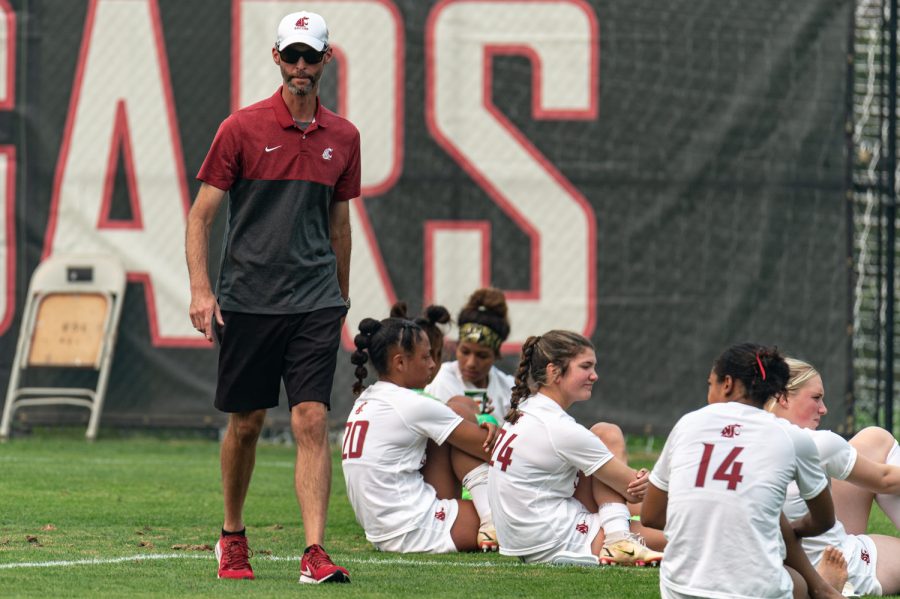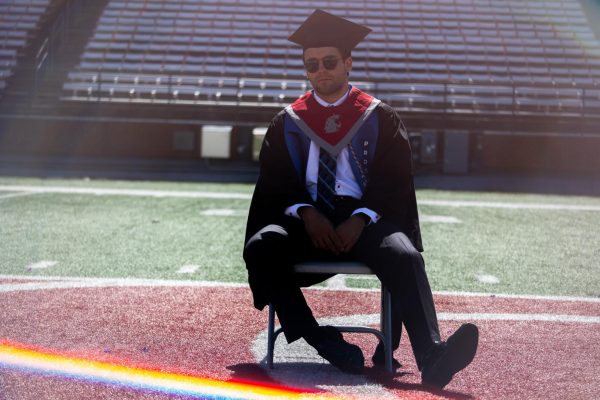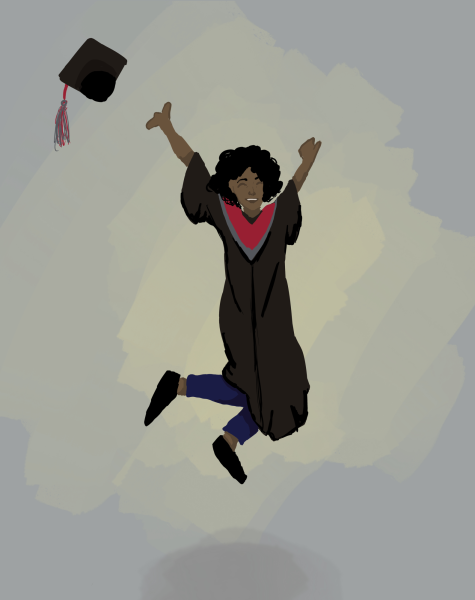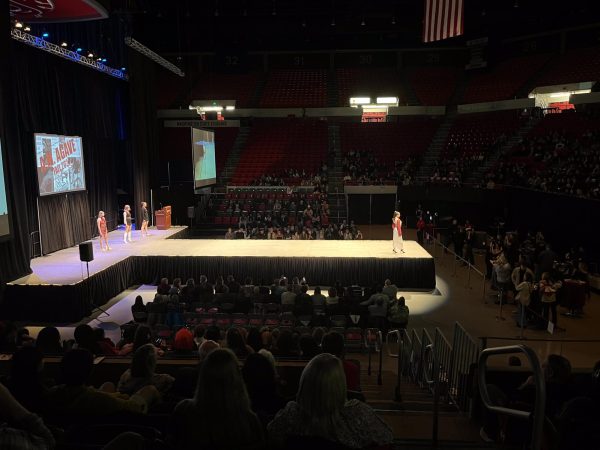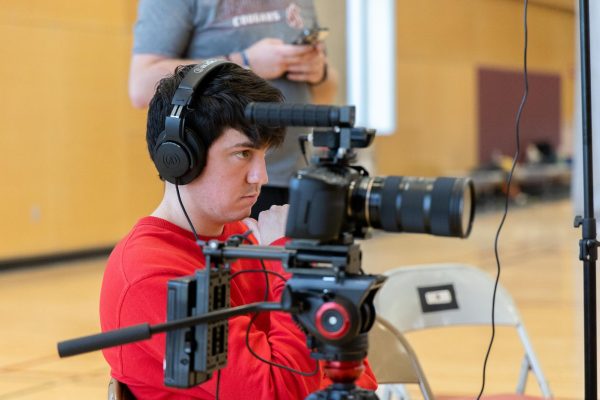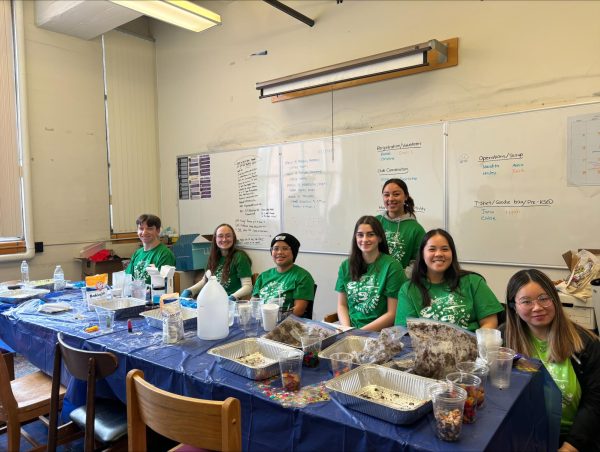Athletic Training students put in five years of work instead of four
Students get hands-on experience with athletes, helps prepare for career
WSU Associate Athletic Trainer Chris Lange cleans up his equipment after an NCAA women’s soccer game between WSU and Cal Poly, Sep. 11, at Lower Soccer Field.
September 15, 2022
Students in the athletic training program are able to get ample hands-on experience in the field before graduating with a Master’s in five years.
The program allows students to receive a Bachelor’s of Science in sports medicine before their final year working toward their Master’s, according to the College of Education website. Each year, students progress with guidance, mentors, and internship opportunities along the way to their degree.
“The program is organized based on a cohort model; meaning a community of people who share the same interests and conquer educational experiences together,” said Kasee Hildenbrand, Athletic Training Program director.
Once a student hits junior status, they are in the second year of the program, Hildenbrand said. From there, a third year is a senior and a fourth year is a graduate student.
“It’s a unique program in that it’s a healthcare program, but you are starting clinical experience much earlier,” Hildenbrand said.
Early experience allows larger improvements in knowledge and confidence. However, companies like Tesla and Boeing hire athletic trainers as well, if being on the sideline watching practices isn’t for you, she said. “AT covers all areas of active pursuits, regardless of whether it happens to be sport or not. We get to work with patients to help them get back to whatever they were doing previously,” she said.
Working hard is the benchmark for improvement in a medical-related field, Hildebrand said. Being in the AT program requires a hard work ethic, time commitment and passion.
This unique program helps a wide range of athletes here at WSU, creating a strong relationship among the sports community, she said.
Getting a career in AT requires taking the Board of Certification exam, she said. Once someone graduates from an accredited physical training program, the students are regulated in 49 states.
Fourth-year AT student Emma Simpson said she has been assigned to work with the WSU women’s soccer team this season and has enjoyed every minute of it.
Simpson said she has been able to develop trust with the players. She has been able to improve their day in both physical and mental aspects because it can be hard for D1 athletes to adjust to attending school and playing a sport at the same time.
On the sidelines, she runs hydration stations, wraps ankles and attends to any pregame necessity the athletes need. Simpson said a lot of her job is supporting the head athletic trainer as much as possible.
Being in the athletic training program for the past few years has allowed her to gain more confidence and see the growth of knowledge that she has learned throughout the program, Simpson said.
“Enjoying people’s stories, developing trust, meeting people and making them feel better has helped create my confidence with athletic training,” she said.
Initially, Simpson was going for a major in kinesiology, but knew it wasn’t for her, she said. Once she began the AT program she loved the challenging and rewarding aspects of it.
Flash forward to now, choosing a career that is so personable creates strong relationships with the people you are working with, and makes it worth every second, Simpson said. Being in her final year of school creates more opportunities for more significant responsibilities, learning aspects and a successful future.
Simpson said after she passes her BOC and receives her degree, she hopes to be a certified athletic trainer in the Seattle area. She has not made a decision on what age range she wants to work with, but she is open to any opportunity.
“I have developed my own role [with athletic training] and how I want to approach an athlete and my own identity,” she said.

